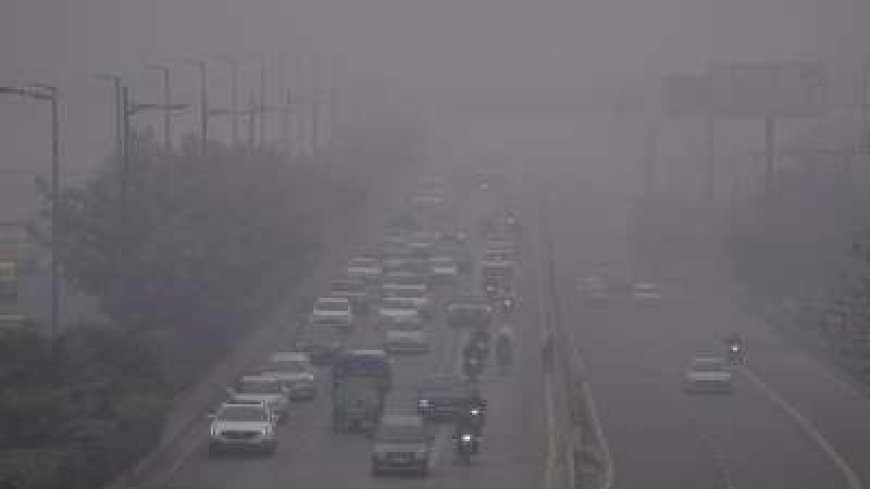Delhi world's 'most polluted' capital city: report

DELHI was the most polluted capital city in the world in 2023, a Swiss-based air-quality monitoring group has found.
India, of which Delhi is the capital, was also ranked as the world's third-most polluted country after neighbours Bangladesh and Pakistan, IQAir said.
The country's air has worsened since 2022, when it was the eighth most polluted country, it added.
Air pollution is a serious problem in several Indian cities.
Experts say that rapid industrialisation coupled with weak enforcement of environmental laws have played a role in increasing pollution in the country.
India has seen a lot of development in the past few decades, but poor industrial regulation means that factories do not follow pollution-control measures. Rapid construction has also contributed to rising levels of pollution.
The report by IQAir said that India's average level of PM2.5 - fine particulate matter that can clog lungs and cause a host of diseases - was 54.4 micrograms per cubic metre.
Globally, air that has 12 to 15 micrograms per cubic metre of PM2.5 is considered safe to breathe, while air with values above 35 micrograms per cubic metre is considered unhealthy.
Delhi's air quality was worse than India's overall air quality with the city having a PM2.5 reading of 92.7 micrograms per cubic metre.
Delhi struggles with bad air around the year, but the air gets particularly toxic during winter.
This happens due to various factors, including the burning of crop remains by farmers in nearby states, industrial and vehicular emissions, low wind speeds and bursting of firecrackers during festivals.
Last year, the government shut schools and colleges for several days in a row due to the toxic air.
Meanwhile, the northern Indian city of Beguserai and the northeastern city of Guwahati were ranked as the two most polluted cities in the world.
Only seven countries met the World Health Organization (WHO)'s annual PM2.5 guideline, which is an annual average of 5 micrograms per cubic metre or less.
These include Australia, New Zealand, Iceland and Finland.
According to IQAir, this data was gathered from more than 30,000 air quality monitoring stations positioned in 134 countries, regions and territories.
